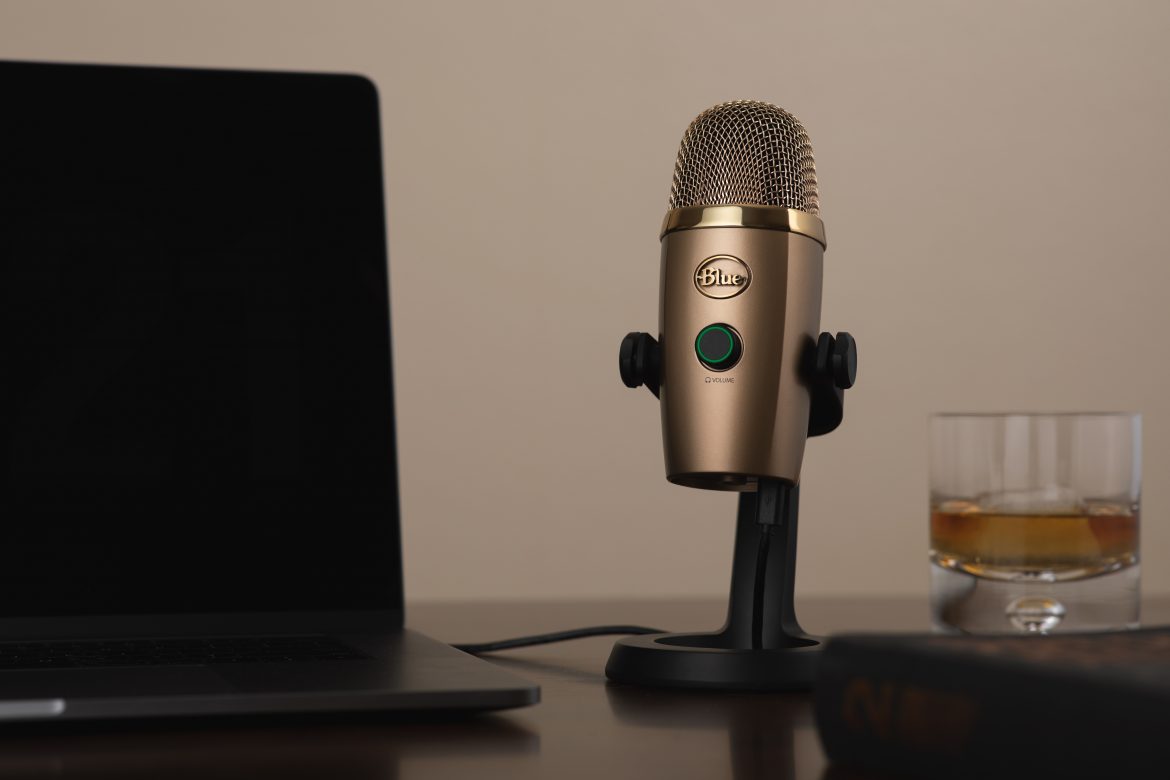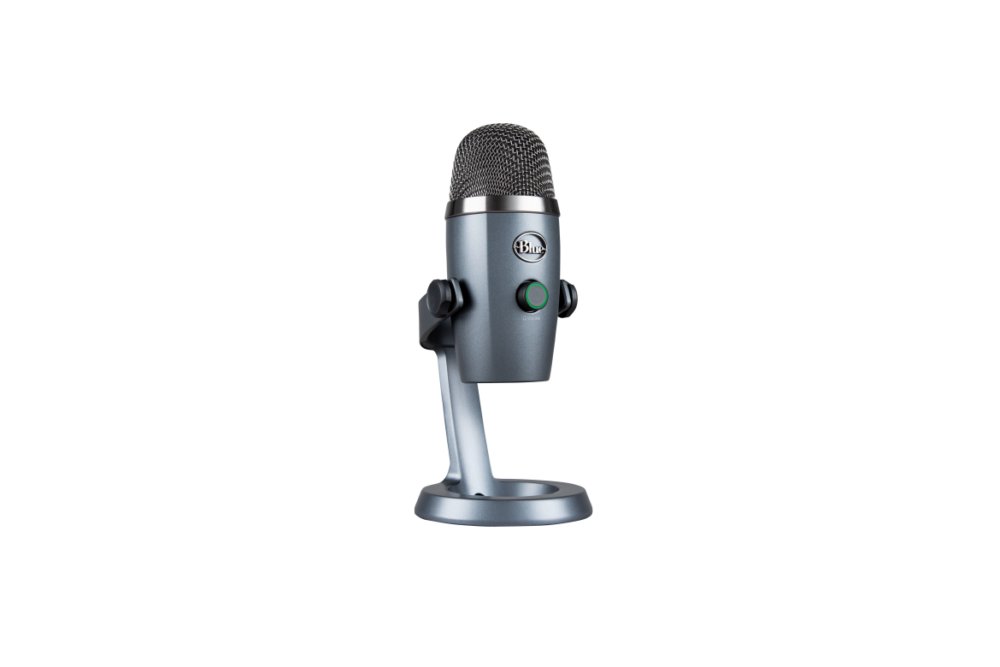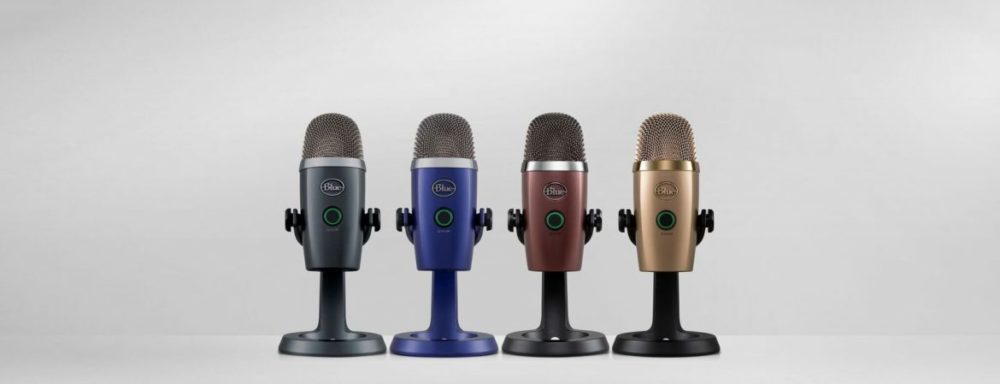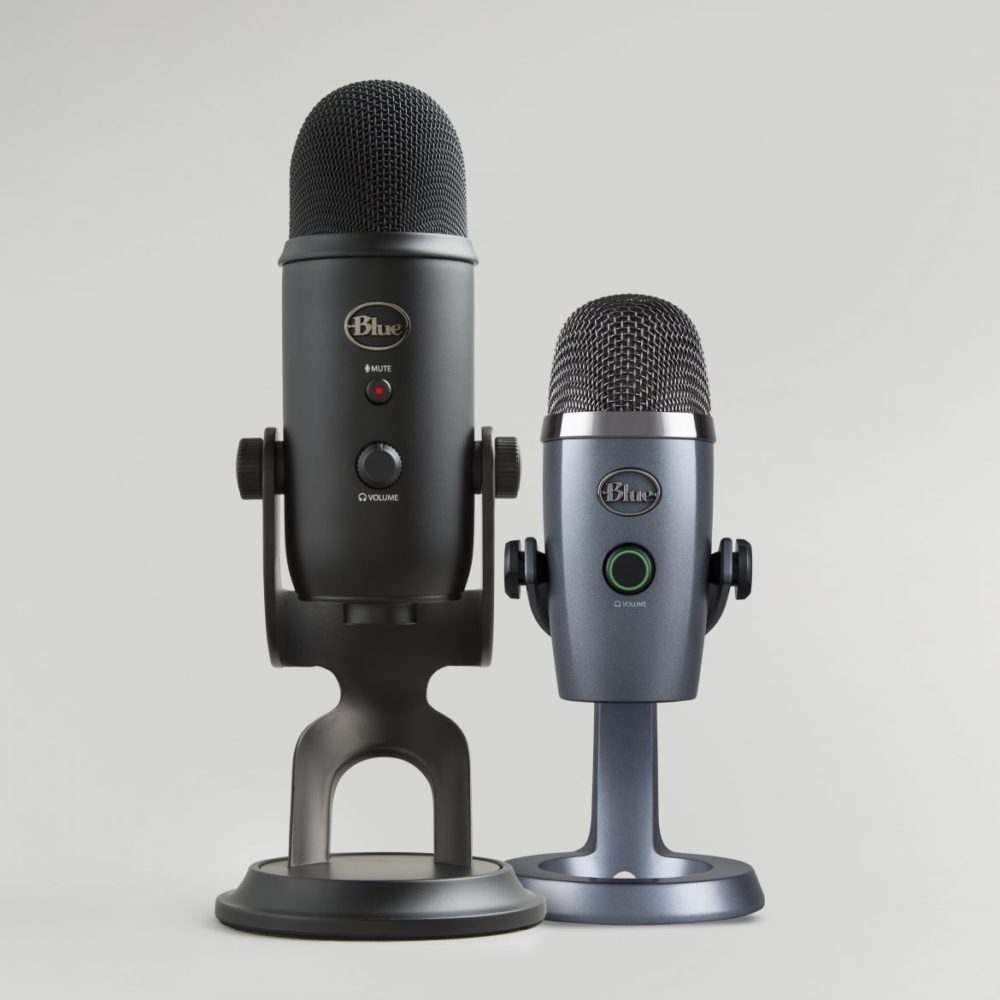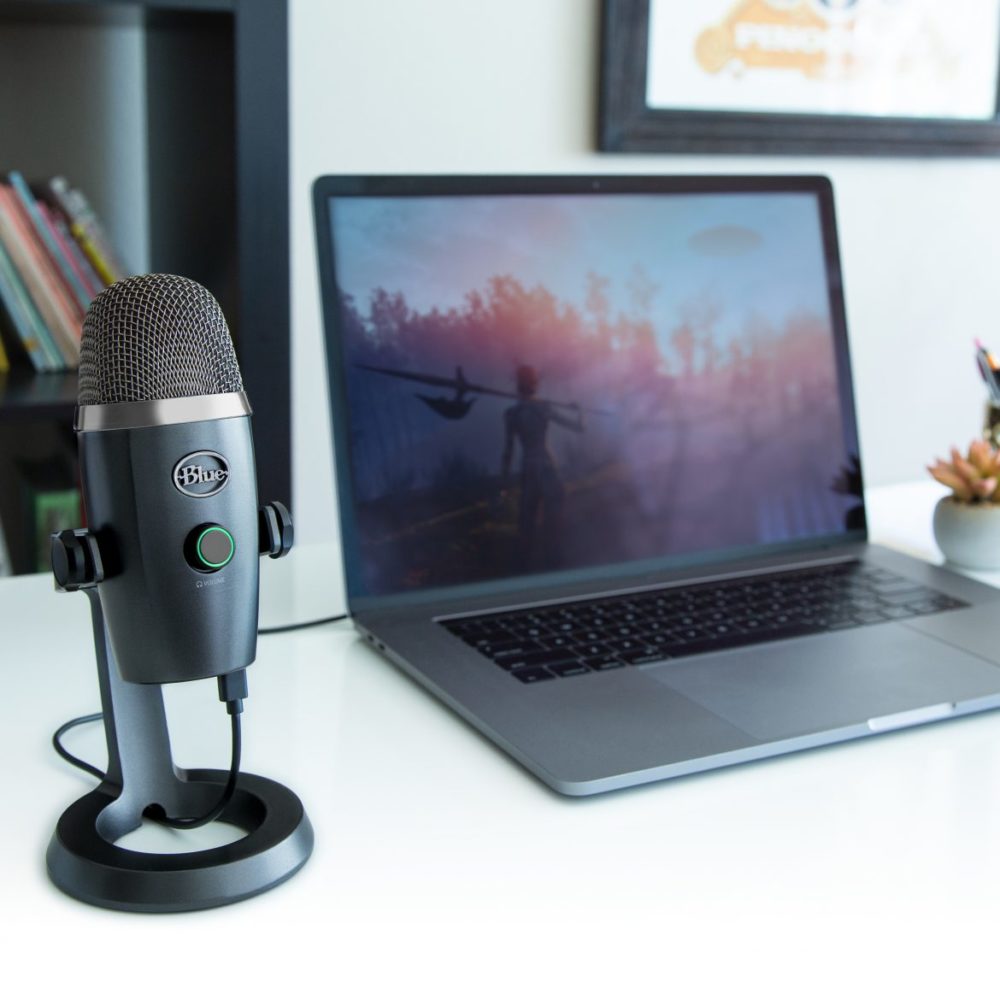TL;DR
Blue's Yeti Nano is a smaller, more affordable take on their classic Yeti microphone, aiming for a premium market. It boasts a sleek design, 24-bit audio support, and a clear, warm sound, making it great for podcasts and voiceovers. While it lacks some features of its pricier siblings, like stereo mode and physical gain control (managed via the Sherpa app), its $99 price point offers fantastic value. Discover if this compact mic is the upgrade you need for your audio setup – read the full review to find out!
It’s remarkable how the market for home and semi-professional microphones has expanded in the last decade. What were once budget devices with subpar pickup, noise issues, and questionable build quality have evolved into products that rival professional studio microphones, accessible to vloggers, YouTubers, and voice actors alike. Blue Microphones‘ Yeti (and Snowball) has been a long-standing favorite, lauded for its stability and sound quality. However, we found it to be somewhat susceptible to ambient noise. Consequently, the Audio Technica AT2020 has been our editorial team’s preferred microphone in recent years, offering simplicity, a neutral yet pleasing sound, and a clean, natural tone. This sound can be further refined using EQ within audio editing software like Audacity, a free and essential program for achieving professional-sounding audio on a budget.
Blue Microphone’s recent acquisition by Logitech, the Swiss-American accessory conglomerate, likely aims to elevate the brand from consumer-grade to a more premium market segment. However, the Blue Microphone brand remains unchanged (at least for now). Recently, they released the Yeti Nano, a smaller, more accessible, and portable version of the original Yeti, potentially offering technical improvements as well. How does it perform, and more importantly, what is the sound quality like? We’ve rigorously tested it for a month and present our findings here.
Design
As the “Nano” designation suggests, the Yeti Nano is significantly smaller than its larger counterparts (the Yeti and Yeti Pro). While the latter models weighed approximately 1.4 kg, the Nano weighs roughly half that, at 640 grams. The Nano is available in four stylish colors, although only the gray version is currently available in Sweden. The Nano exudes elegance, smooth lines, and thoughtful design – the hallmarks of Blue’s products (and their consistently stylish and functional packaging, as seen with the Spark XL!).
All audio data is transmitted via the included USB cable, eliminating the need for an XLR converter (which is also not supported). The Yeti Nano includes its own stand, featuring a channel for routing the cable discreetly and efficiently. The package also contains an adapter screw compatible with most third-party stands, offering compatibility for existing setups. The overall design is clean: few parts, easy assembly and disassembly (a welcome change from the original Yeti, which had numerous small parts easily misplaced). However, a dedicated carrying bag for transportation would have been a valuable addition.
Sound Quality
Unlike the Yeti and Pro, which support 16-bit audio, the Nano supports 24-bit, 48 kHz, providing a wider dynamic range for sound capture. However, it lacks stereo support (due to its two-capsule design compared to the three in the larger models) and the bi-directional mode, limiting users to cardioid and omnidirectional pickup patterns. Cardioid is typically preferred for podcasts and single-speaker recordings, while bi-directional is useful for interviews with multiple participants.
Recording with the Yeti Nano is straightforward and efficient. Its compact size makes it ideal for interviews or on-location podcasts. The sound captured is clear and exhibits a warmer, more personal tone compared to the original Yeti (though the latter is an older model). The absence of DSP (digital signal processing) makes the microphone more susceptible to distortion, but also more akin to professional-grade microphones. While the AT2020 still delivers excellent performance, offering a richer midrange and “body” to the sound compared to other tested alternatives (albeit by a small margin), the Yeti Nano is remarkably impressive for its size. While a professional compressor undoubtedly enhances sound quality, it’s debatable whether the twice-as-expensive Yeti PRO offers a proportional improvement. Although the Yeti PRO undeniably sounds superior, the price-to-performance ratio must be considered. As is common with technology, achieving marginal gains in quality often entails disproportionately higher costs.
Optimal results in our tests were achieved by speaking 10-15 centimeters from the microphone in cardioid mode. The pickup range diminishes significantly at greater distances. The omnidirectional mode, intended for capturing ambient sounds, exhibited inconsistencies in balance. Therefore, it may not be the optimal choice for applications requiring broad and balanced pickup of multiple instruments or voices.
Functions
The Yeti Nano features a front-mounted volume knob that also functions as a mute switch (green for “on,” red for “mute”), but lacks a physical gain control found on the larger models. Adjusting gain requires the Sherpa app, available for free download from Blue. This app also updates the microphone’s firmware and is currently in beta at the time of writing, and is only compatible with Mac and PC, not Linux. The Nano’s pre-amp can accommodate a significant amount of gain (up to 50%) before introducing noticeable ambient noise or artifacts.
The Nano can be used for audio playback and monitoring; however, recording while simultaneously listening to audio is not recommended due to potential feedback issues. A notable feature is the zero-latency monitoring mode, activated by holding the mode button on the back (used for switching between cardioid and omnidirectional patterns) for two seconds. This feature significantly reduces monitoring delay.
Summary
The Yeti Nano is approximately 30% less expensive than the entry-level Yeti and half the price of the Yeti PRO. While more expensive microphones equipped with professional compressors offer superior sound quality and versatility, the Yeti Nano’s aggressive pricing of $99 in the US makes it an exceptional value, particularly for speech recording. Considering the current exchange rate and VAT, the cost translates to roughly 1300 SEK for Swedish customers, which is reasonable. However, a price point of 995 SEK would have positioned it as an unbeatable choice for its cost.
